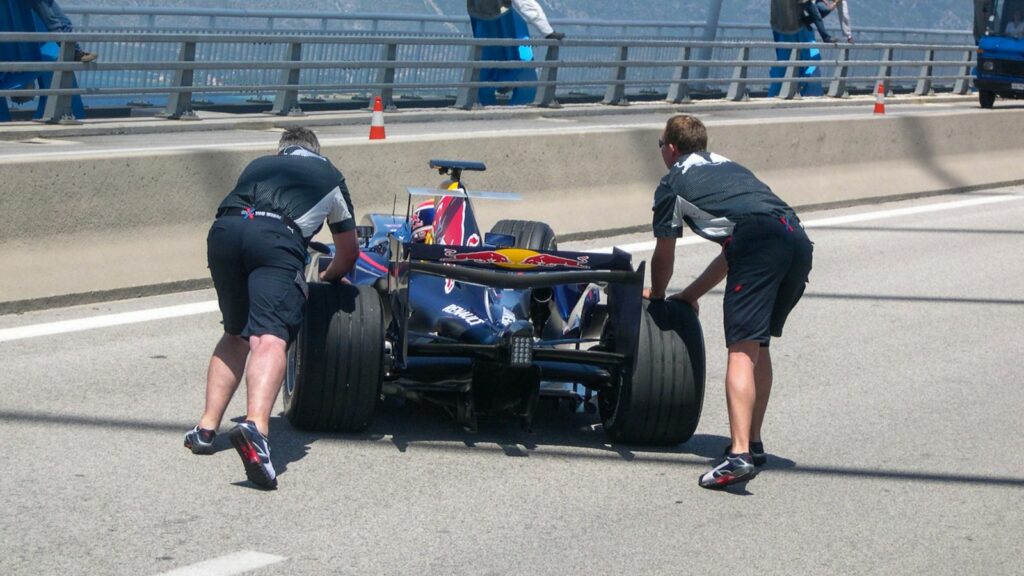Powerhouse teams with massive budgets, cutting-edge technology, and superstar drivers typically dominate motorsport. However, there have been moments when David managed to beat Goliath. These races remind us all why we love this sport — because sometimes sheer guts, luck, and a bit of madness lead to legendary victories. Here are the 9 most surprising underdog victories in motorsport history.
Le Mans 1965
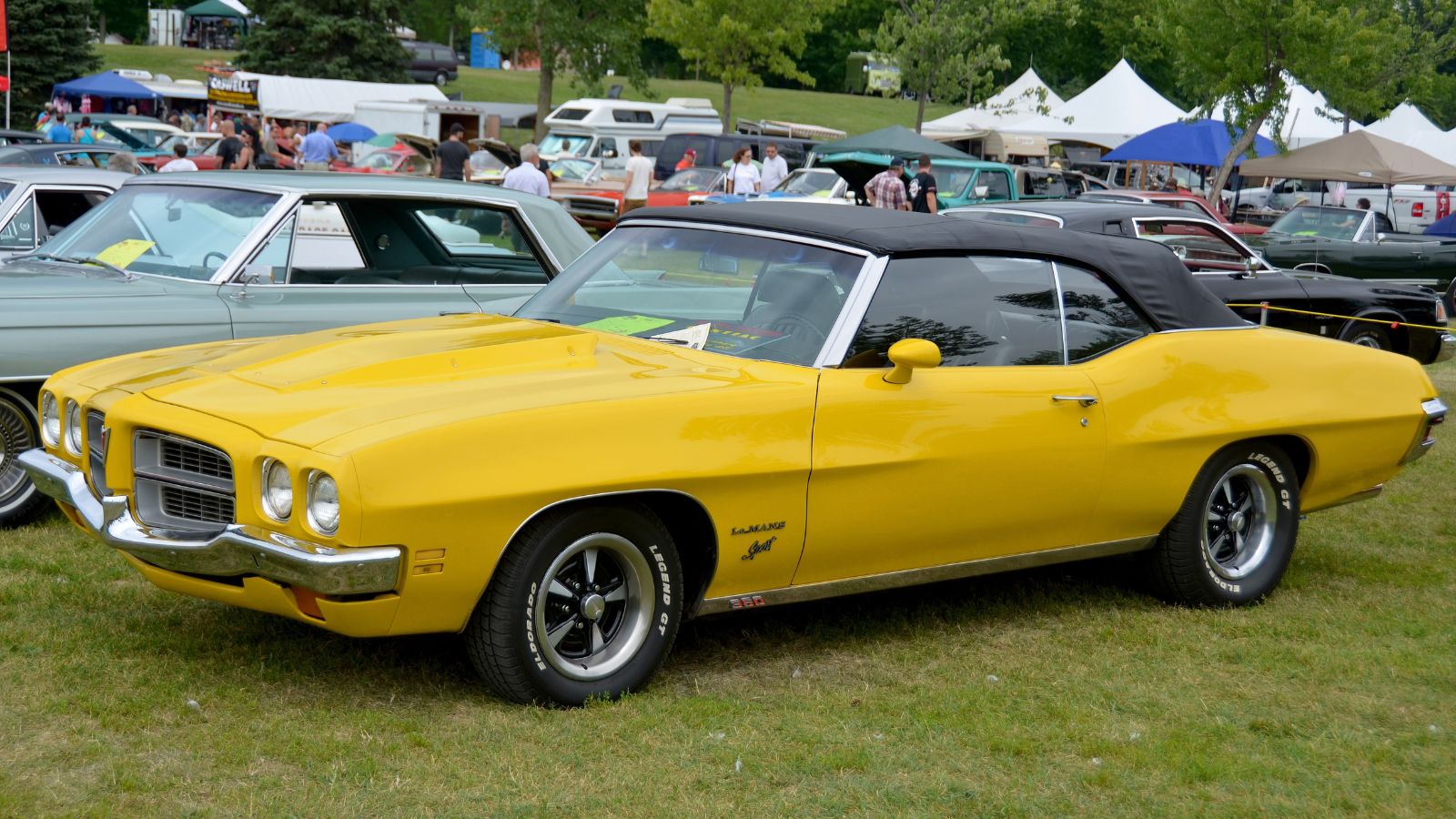
In the 1960s, the 24 Hours of Le Mans was a battleground dominated by Ferrari and Ford factory teams. Yet, in 1965, a privately entered Ferrari 250 LM, run by the North American Racing Team (NART), shocked the world by taking victory. Ferrari’s factory cars were dropping out like overworked horses on a blistering day, and the mighty Fords were just as unlucky. Up stepped a car fielded by Luigi Chinetti’s tiny NART team, with drivers Jochen Rindt and Masten Gregory. Nobody gave them a chance — not with a modest budget and second-tier equipment — but they drove like men possessed. In the final hours, this privateer entry seized the lead and refused to let go, earning Ferrari’s last overall victory at Le Mans. Ironically, it wasn’t the suits in Maranello that celebrated that day but a scrappy, America-based outfit that came, saw, and conquered. (And no, Ferrari still won’t talk about it.)
Indianapolis 500, 2011
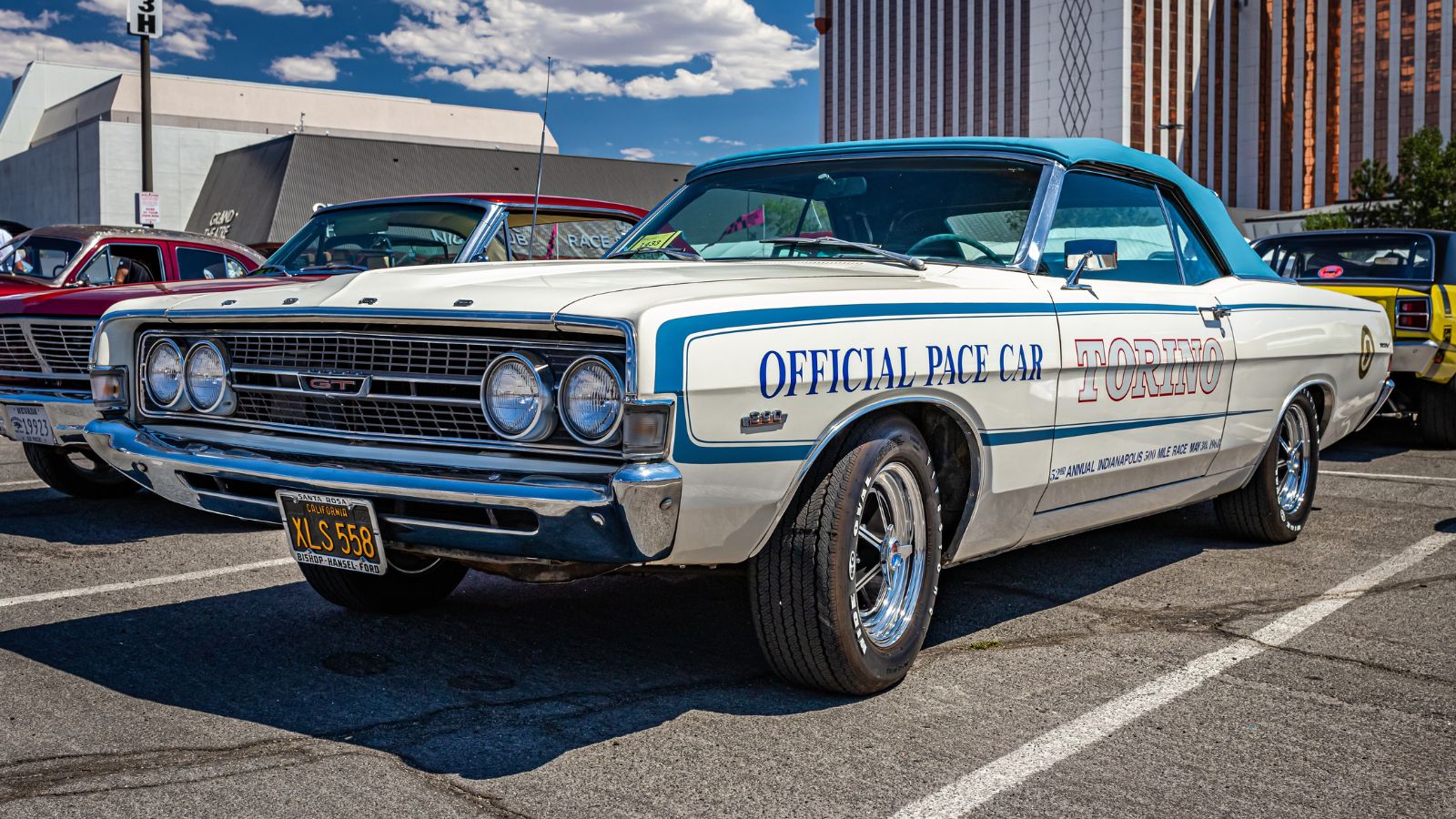
By 2011, Dan Wheldon wasn’t racing full-time in IndyCar. He’d only entered one race that year: the Indianapolis 500. He was an afterthought in a field filled with younger, more well-funded drivers, but as the saying goes, “That’s racing.” Wheldon spent most of the race running steadily in the top ten but wasn’t considered a threat to win. With three laps to go, rookie J.R. Hildebrand was leading, about to pull off a storybook victory himself — until the final corner. On the last lap, Hildebrand smashed into the wall in the last turn of the last lap (which is one heck of a way to blow it). Like a cat who strolled into a dog fight and walked out victorious, Wheldon zipped past the wreck and took the checkered flag for one of the most unbelievable wins in Indy 500 history. It was Wheldon’s second, and tragically, his final victory at the Brickyard.
2009 Formula 1
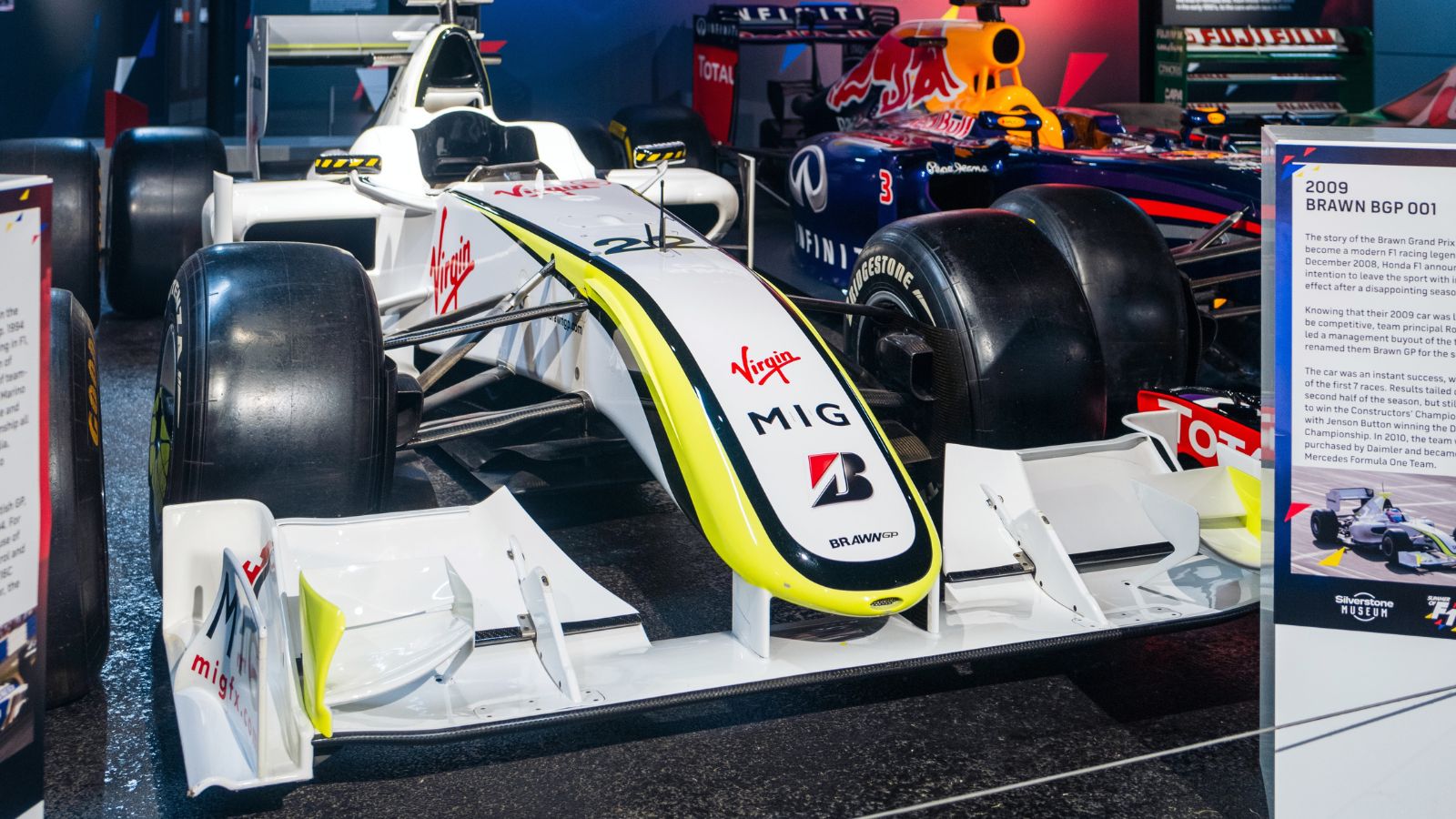
If anyone told you in 2008 that a new team formed out of the ashes of Honda F1 would dominate the following year’s Formula 1 season, you’d have told them they’d had one too many beers. But that’s precisely what Brawn GP did in 2009. The team, bought for a nominal £1 by Ross Brawn, made one key move — they capitalized on a loophole in the regulations with their now-infamous double diffuser. This clever bit of engineering helped Brawn GP (the underdog team that no longer had Honda’s backing) and driver Jenson Button crush their more financially endowed rivals in the early part of the season. Despite a tight budget and operating with far fewer resources, Button and Brawn took the F1 world by storm, claiming both the Drivers’ and Constructors’ Championships. It was Cinderella on wheels, turbocharged.
1983 Dakar Rally
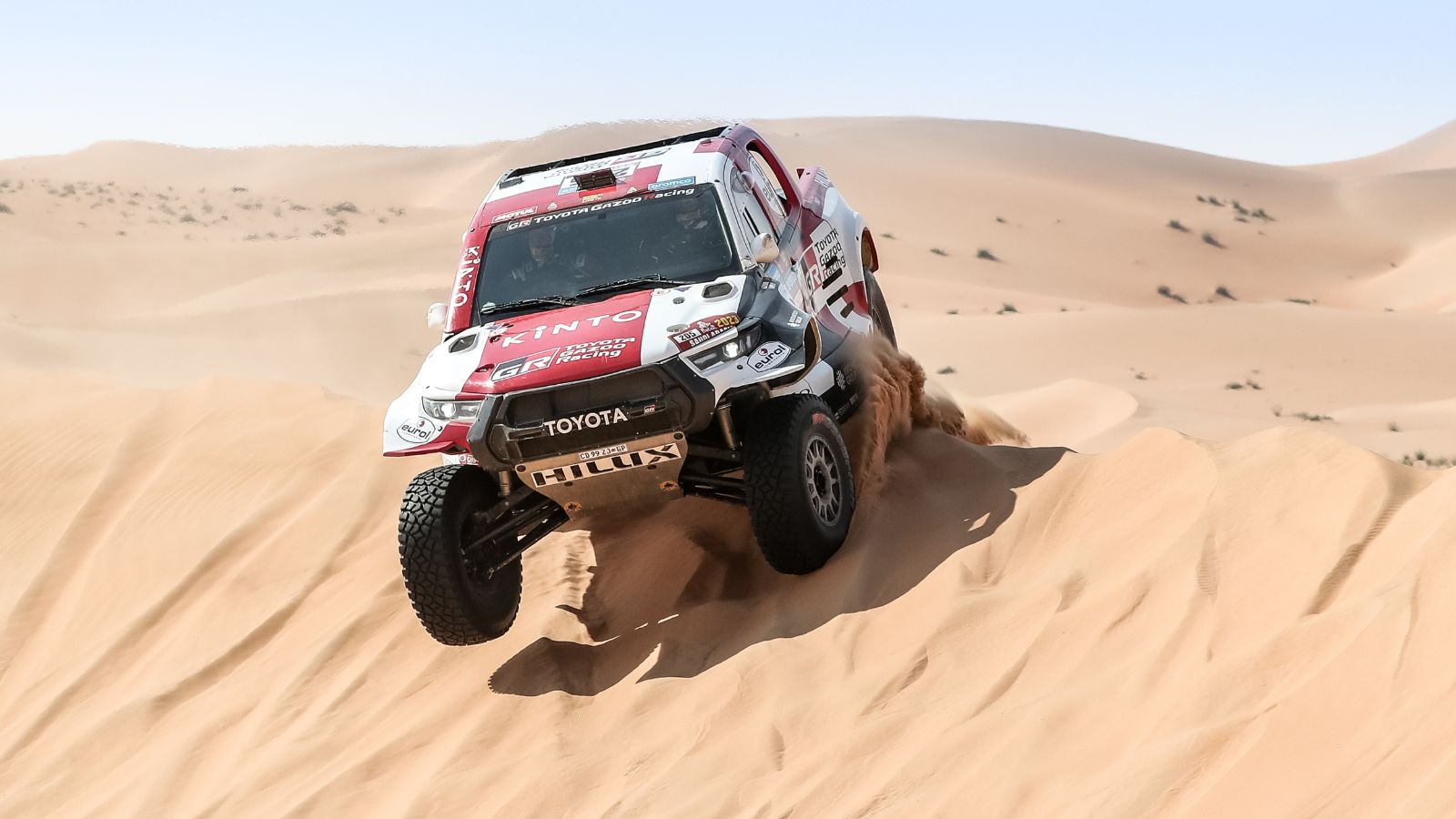
The Dakar Rally is one of the most brutal tests of man and machine, stretching across thousands of miles of unforgiving desert. In 1983, Porsche threw their hat into the ring, entering the race with their 911 SC, a car more accustomed to paved roads than endless dunes. Enter Jacky Ickx, the knight in shining armor. He’d already won Le Mans six times but had never faced anything like the Dakar. Against the odds, though, he piloted the Porsche 911 SC through the desert’s relentless brutality and against more purpose-built vehicles, might we add. But, in the end, Ickx and his co-driver Claude Brasseur won the race, proving that you don’t need a dune buggy if you have a Porsche and a lot of stubborn determination.
1992 Monaco Grand Prix
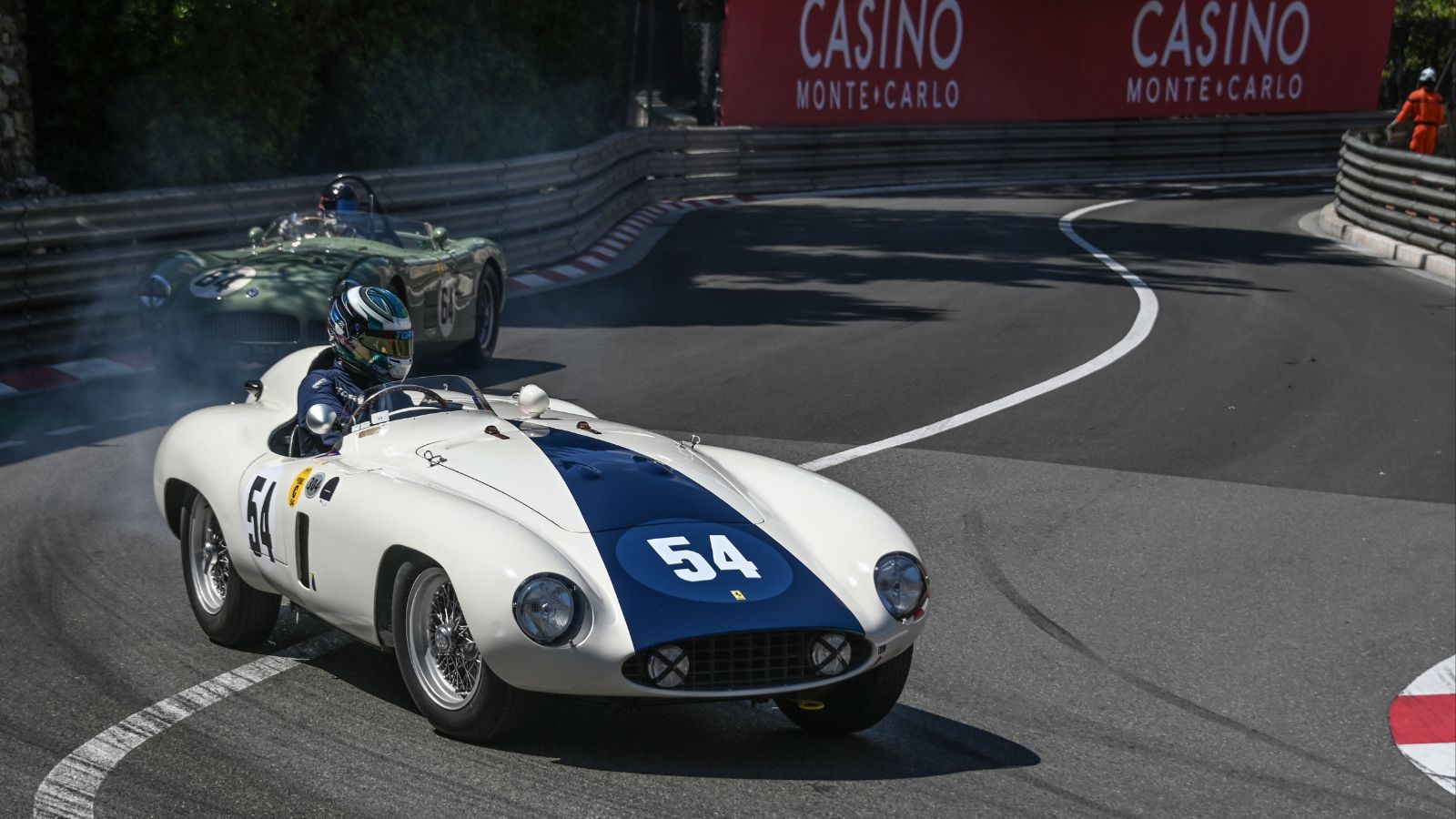
Monaco, the jewel of the Formula 1 calendar, has produced some epic races, but only some can match the 1992 edition. The story of Ayrton Senna’s race that day wasn’t just one of outright pace — it was about how he turned a slower car into an impenetrable fortress on wheels. In his underpowered McLaren, Senna was up against a faster Williams driven by Nigel Mansell, who was on a mission. Mansell pitted for fresh tires late in the race, emerging 5 seconds behind Senna with ten laps to go. What happened next, though, was a defensive peak from the Brazilian. Mansell threw everything at him — except, perhaps, the kitchen sink — but Senna’s precise driving, coupled with Monaco’s notoriously narrow streets, meant that no matter how fast Mansell was, he couldn’t find a way past. Senna won by a car length in what’s regarded as one of the most incredible defensive drives in motorsport history. His slower McLaren held off the quicker Williams, and Senna further cemented his legend status.
2003 Monte Carlo Rally
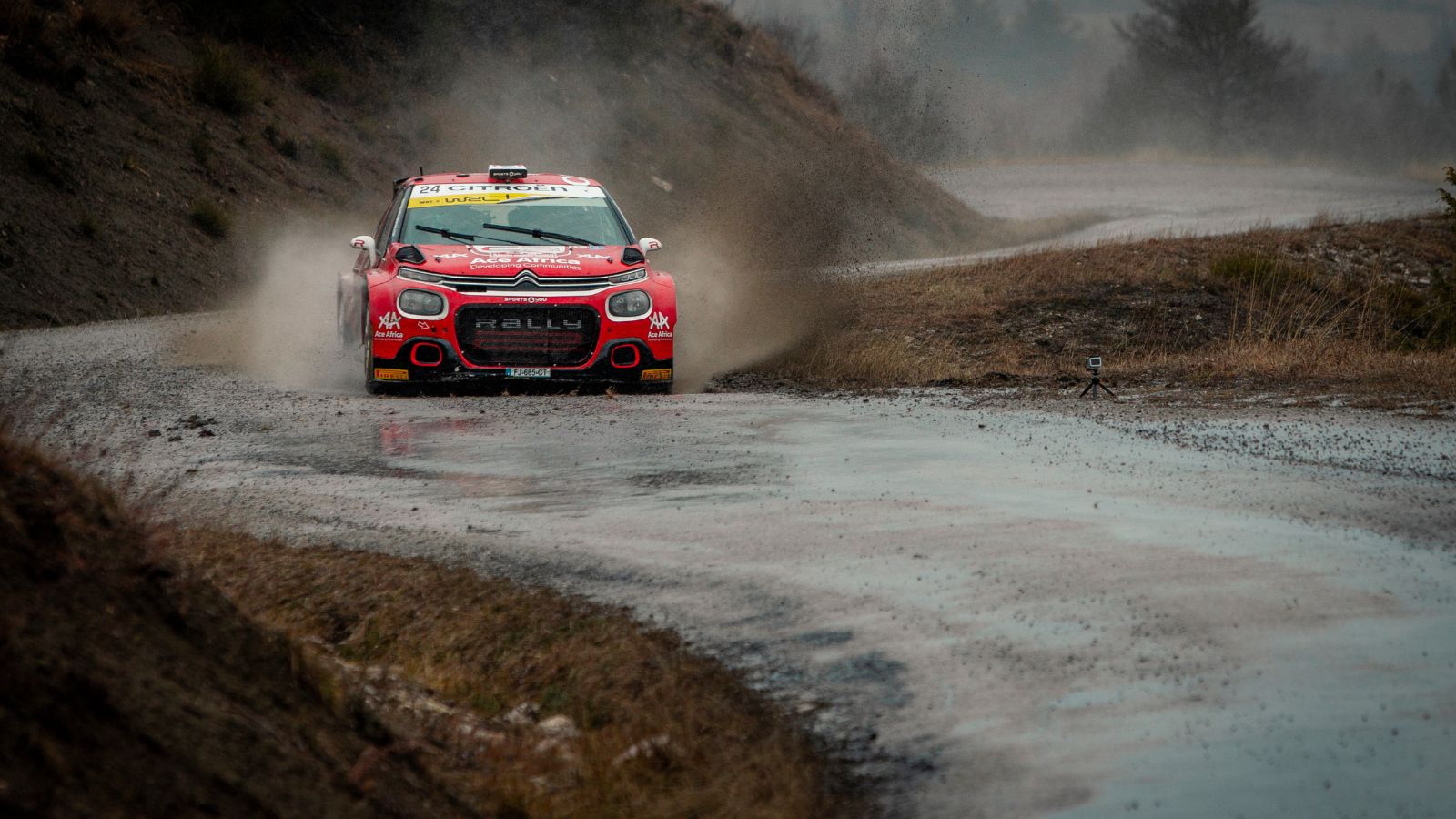
Before Sébastien Loeb became the Michael Jordan of rallying, he was an unknown quantity — a young driver from France looking to make his mark. In 2003, at the season-opening Monte Carlo Rally, Loeb, driving a Citroën Xsara, came up against the giants of the World Rally Championship (WRC), including big names like Marcus Grönholm and Colin McRae. The Monte Carlo Rally is one of the trickiest events, with varying conditions that require drivers to adapt on the fly. Loeb, however, handled the changes with ease, putting in a near-perfect performance and winning the event. It was the start of an era, but back then, nobody could have predicted that the man in the Citroën would become the most successful driver in WRC history. At the time, it was a shock victory — in hindsight, it was the first taste of what was to come.
1976 Formula 1
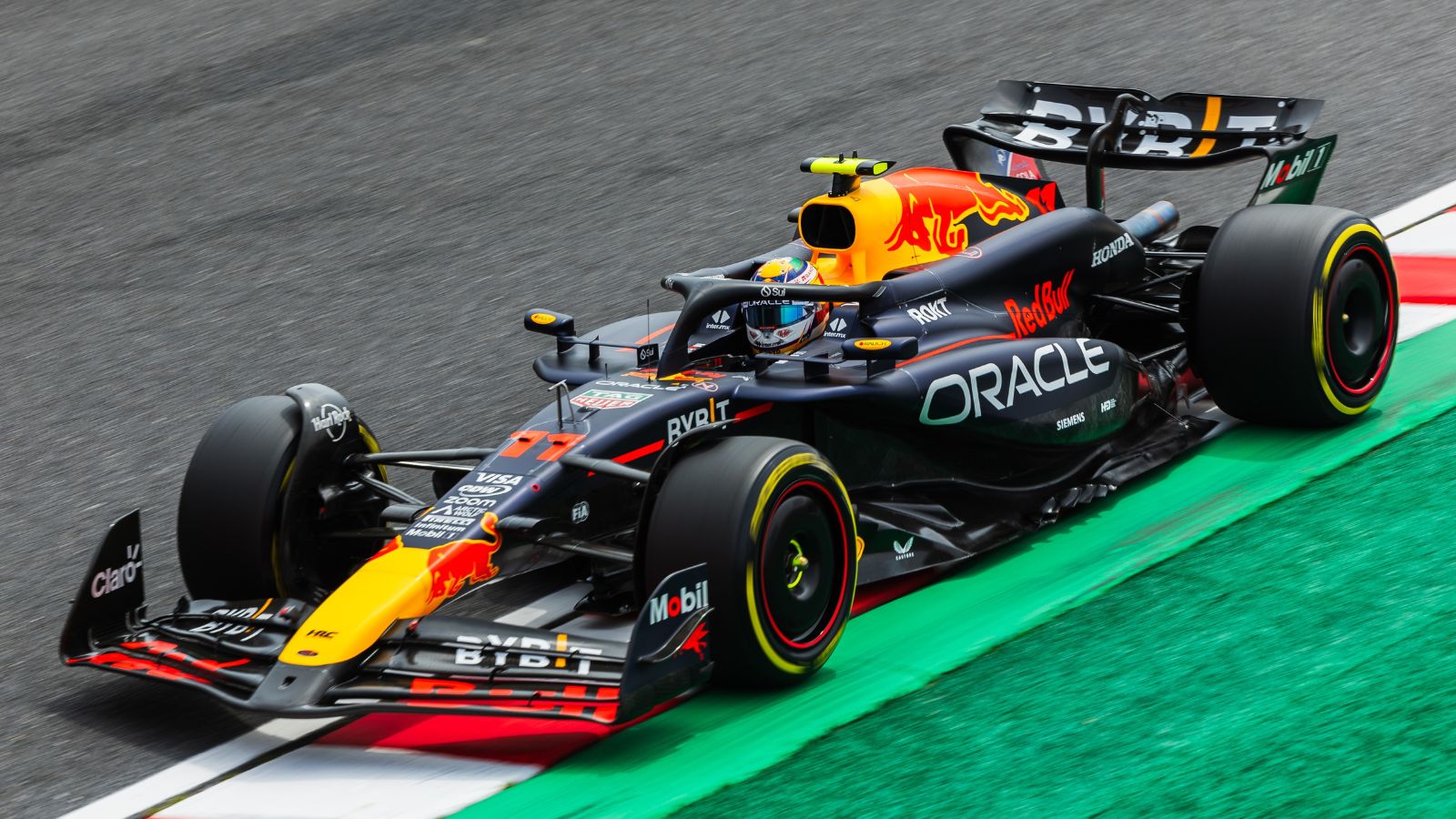
James Hunt was the antithesis of the disciplined, serious, and methodical driver that F1 often produced. He partied hard, lived life at full throttle, and drove like a man getting exorcised. But something happened in 1976, as against the backdrop of one of the most dramatic seasons in Formula 1 history, Hunt clinched the World Championship in the most unlikely fashion. His rival, Niki Lauda, had dominated early in the season but suffered a near-fatal crash that kept him out of several races. Hunt, in his McLaren, took full advantage of this, closing the gap in the championship. The final race in Japan was run in torrential rain, and Lauda, still recovering from his injuries, retired early due to the dangerous conditions. Hunt soldiered on in the awful weather, doing just enough to finish third and secure the title by a single point. Against all odds and probably all logic, Hunt became World Champion — and then likely celebrated with champagne, beer, and a phone call to the nearest nightclub.
2000 NASCAR Winston Cup
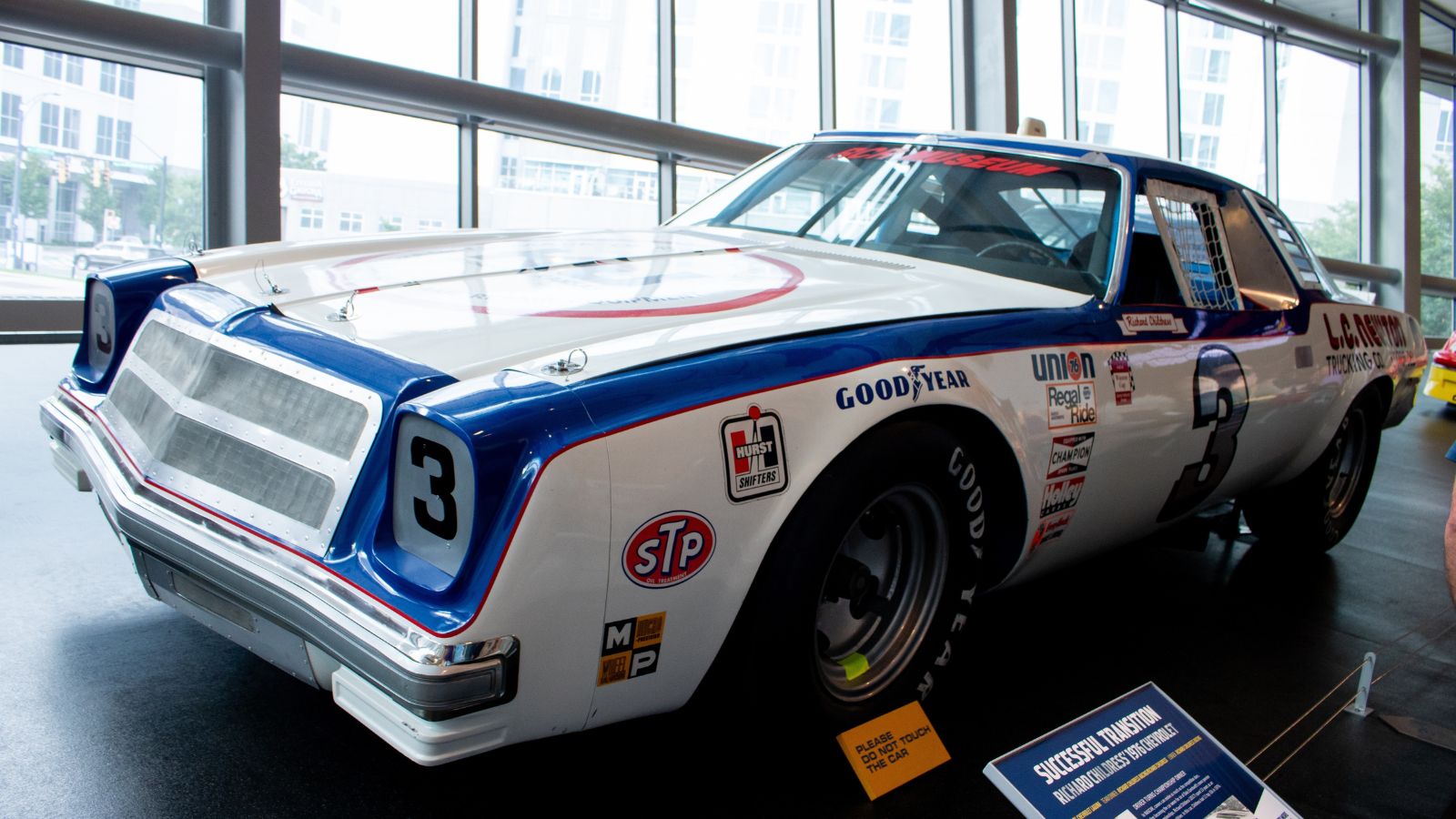
Dale Earnhardt, “The Intimidator,” was known for his aggressive driving style and fearless nature. But by 2000, many wondered if the seven-time NASCAR champion’s best days were behind him. He hadn’t won a race at Talladega in several years, and the competition was fiercer than ever. Earnhardt found himself deep in the pack with just a handful of laps left in the race, running 18th. What followed was iconic in stock car racing, as Earnhardt sliced through the field like a man on drugs, overtaking cars left and right. He clawed his way to the front in just five laps and took the checkered flag for his 76th and final victory. It was a fitting swan song for one of NASCAR’s most legendary drivers, proving that Earnhardt was still The Intimidator even in the twilight of his career.
2016 24 Hours of Le Mans
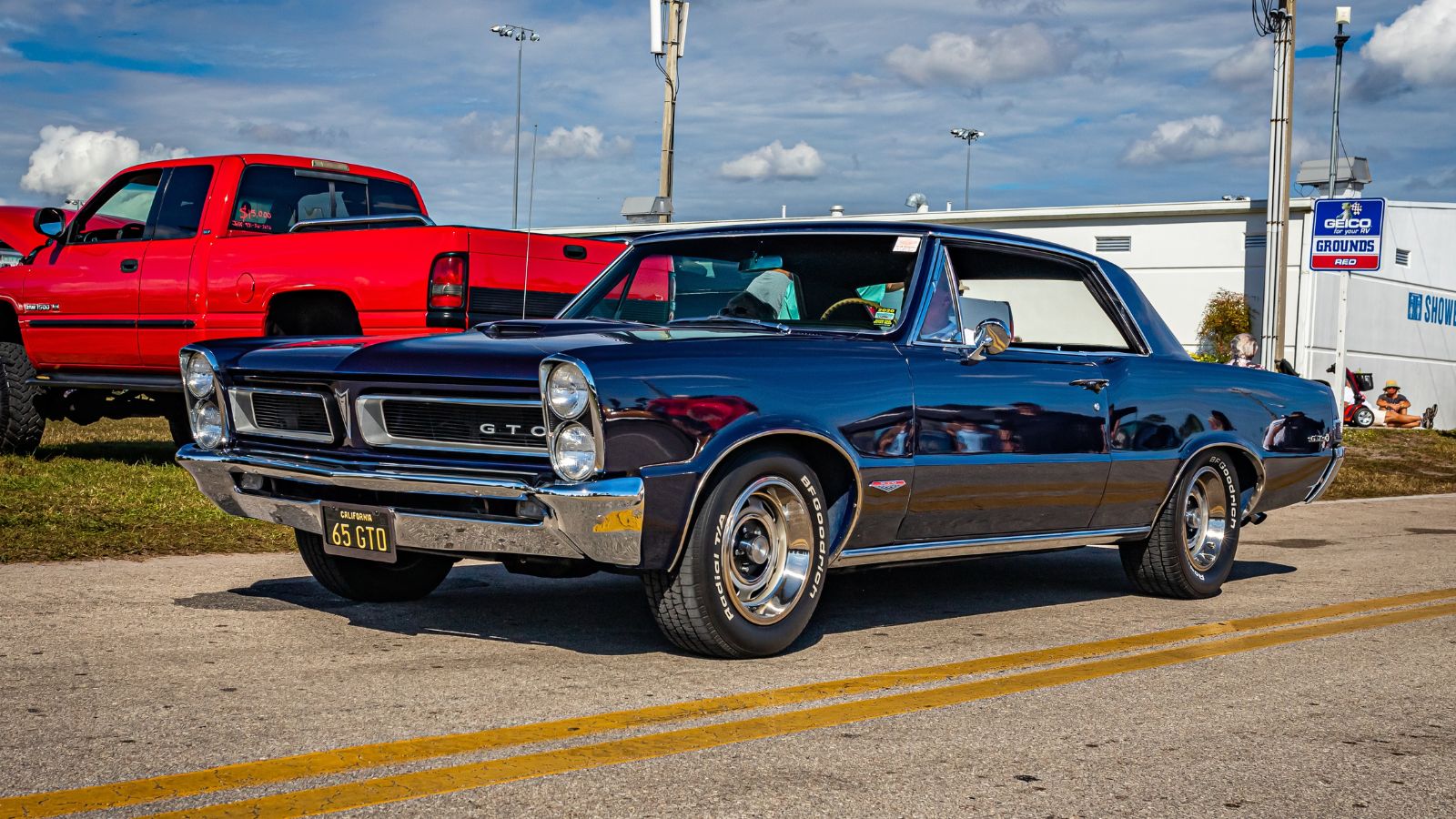
In motorsport, the line between triumph and disaster can be razor-thin, and the 2016 Le Mans 24 Hours was a brutal reminder of that fact. For 23 hours and 57 minutes, Toyota’s #5 car led the race. The Japanese manufacturer was on the verge of its first-ever Le Mans victory, and the celebrations were about to begin. Then disaster struck. With just three minutes to go, the Toyota began to slow down, eventually grinding to a heartbreaking halt on the main straight. Cue Porsche, whose #2 car, driven by Neel Jani, swept past to win. It was one of the most dramatic finishes in Le Mans history and an almost cruel twist of fate for Toyota. To their credit, Porsche capitalized on the opportunity, winning their 18th Le Mans, while Toyota was left to wonder what might have been.
12 Cars That Are Known for Their Unbreakable Reliability — They Just Don’t Quit

Reliability is a core feature that defines a vehicle. Over the last few decades, some vehicles have emerged as a reliable and durable option, standing out as workhorses that never quit. These vehicles not only prove themselves in terms of performance but transcend their role and become reliable partners, always fulfilling their role. Here are 12 Cars known for their unbreakable reliability.
12 Cars That Are Known for Their Unbreakable Reliability — They Just Don’t Quit
